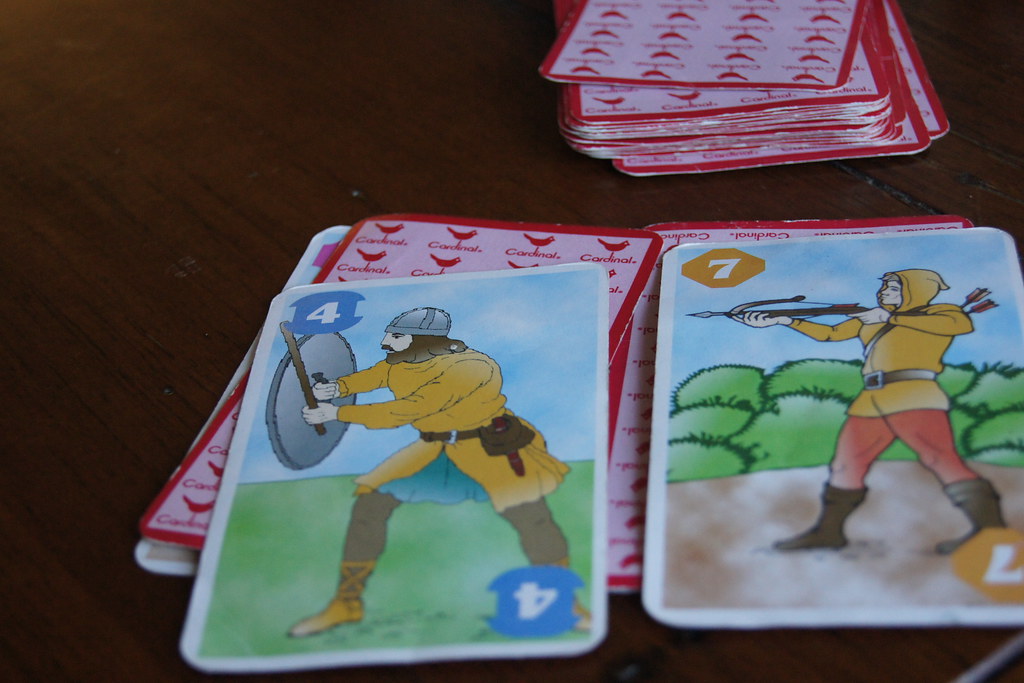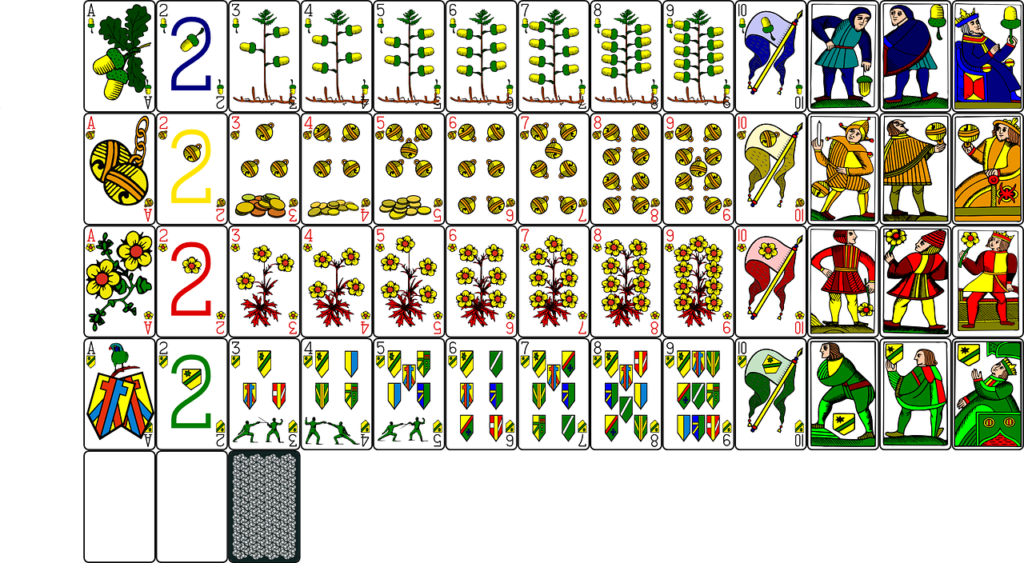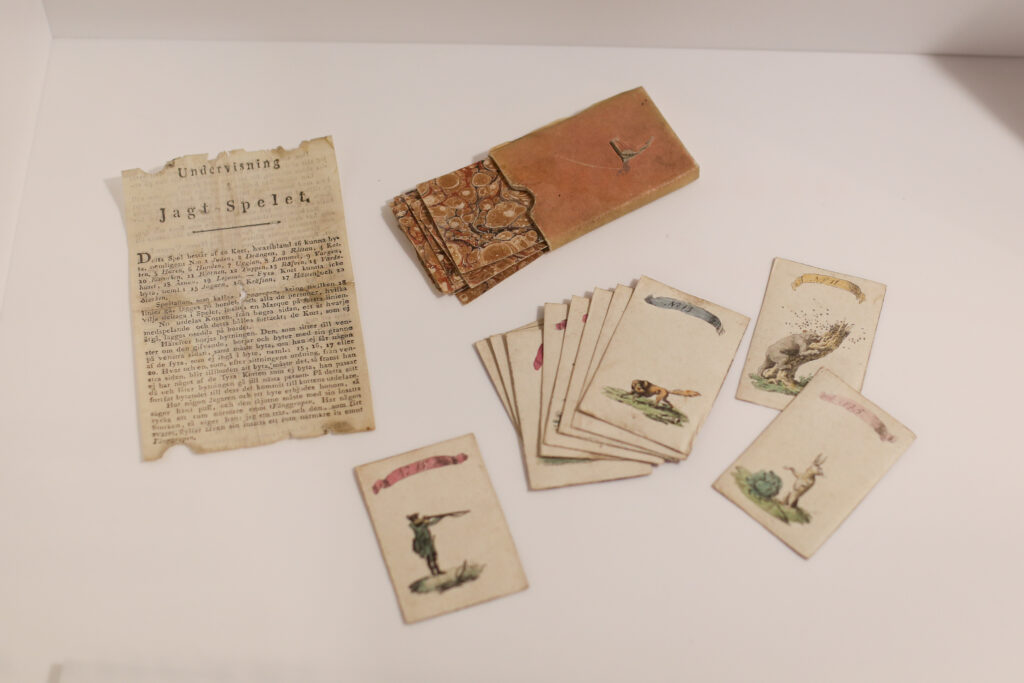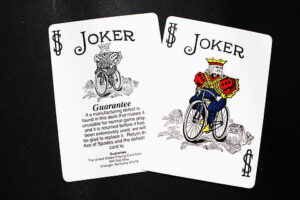How To Play Sevens Card Game ?

How To Play Sevens Card Game :- Sevens, known interchangeably as Fan Tan, Dominoes, or Parliament depending on regional variations, shares a singular objective: be the first to empty your hand to emerge victorious. All that’s required is a standard deck of cards, a group of friends, and the knack for arranging cards in sequential numerical order.
Sevens is a delightful family-friendly game suitable for gatherings of two to eight players. Once you grasp the rules, strategies, and nuances of the game, you’ll find yourself eager to play it repeatedly. This concise guide is designed to introduce you to the captivating world of Sevens, enabling enjoyable gameplay with your loved ones.
Objective of Sevens (Card Game): Race to be the first player to empty your hand of all cards.
Number of Players: Ideal for 3 or more players, fostering lively interaction and fun competition.
Number of Cards: Utilize a standard 52-card deck, ensuring accessibility and ease of play.
Type of Game: Embrace the excitement of hand shedding, strategizing to rid yourself of cards swiftly.
Audience: Designed for kids and families, fostering an inclusive and entertaining gaming experience for all.
What Is ‘Sevens’ & What Do You Need To Play?
Sevens, a social hand-shedding card game, is designed for 3 to 8 players, making it perfect for gatherings of all sizes. It’s also known as Dominoes due to its integration of that game style. Suitable for players of all ages, Sevens contains no inappropriate content.

What adds to the appeal and popularity of Sevens is its minimal equipment requirement. All you need is:
- A standard deck of cards
- A group of friends
With just these basic items, you’re all set to enjoy hours of entertainment with Sevens!
How To Play Sevens Card Game Setup Of ‘Sevens’
To determine the dealer for the round, have each player draw a card from the deck, keeping it face-down. The player with the highest-value card assumes the role of the dealer. Remove any Jokers from the deck and thoroughly shuffle the cards. Then, distribute them evenly among all players.
In contrast to other card games, Sevens doesn’t involve a discard or draw pile. Instead, all cards are distributed among the players from the outset. As you can see, the setup is incredibly straightforward.
The objective of Sevens is simple: Each player aims to be the first to empty their hand of cards, thereby winning the game.
The Gameplay
Rumor has it, you’ve got everything you need and have completed the game setup. If that’s the case, you’re all set to dive into the excitement of Sevens!
The player to the dealer’s left initiates the game by playing a seven. If they lack a seven, the next player (in clockwise order) must play one. The game must kick off with a seven. Once a seven is played, the game proceeds with players laying down either a six, an eight, or another seven of the same suit. Remember, if you play a six or an eight, it must match the suit of the preceding card.
This rhythm persists, with players taking turns playing cards of equal, higher, or lower value (ensuring matching suits for consecutive cards). The game continues in this fashion until one player successfully discards all their cards, emerging as the victor.

How you arrange the cards on the table (whether in rows by suit or stacked on top of one another) is entirely up to you and your preference for practicality.
Friendly reminder: Card rankings range from 2 as the lowest to Ace as the highest. Get ready for an exhilarating game of Sevens!
How To Play Sevens Card Game Rules
Sevens is a versatile card game suitable for players of all ages and skill levels, boasting simple setup rules. The objective is to be the first player to empty their hand of cards, adding an element of challenge to this fast-paced game. However, before diving into gameplay, it’s essential to grasp some key rules.
Players begin with a standard deck of 52 playing cards, which the dealer shuffles and deals one card at a time to each player. As the game progresses, players select cards from those dealt to them and strategically play them onto the layout. Cards can be played if they match the suits already present in the layout or if they are higher or lower in number than previously played cards. For instance, sevens can start new rows for suits.
In instances where a player cannot play a card, they may pass their turn, allowing another player to take their place. Passing is necessary at times, but the next player can still contribute to the layout by playing their own card.
To establish the layout, the dealer initially places all sevens in a column, creating the foundation of the grid. This layout allows players to view all cards on the table, aiding them in making strategic decisions about their moves.
Players should aim to hold onto sixes and eights for as long as possible to hinder opponents from adding cards to their stacks. Additionally, it’s advantageous to avoid creating new layouts whenever feasible, as this presents opponents with opportunities to advance their positions.

Ending the Game
Once a player successfully discards all their cards, signaling the end of the game, the player left with no cards emerges as the victorious winner. At this point, you have the option to embark on another round, selecting a new dealer to shuffle and deal the cards for continued fun and excitement.




